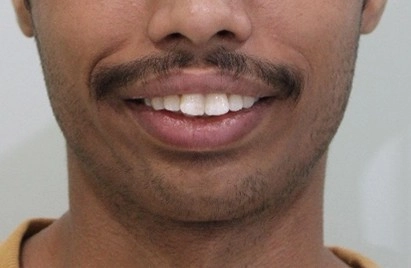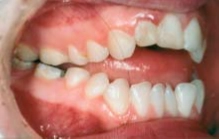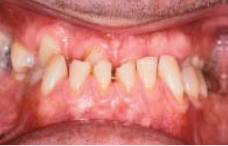Blogs
Who needs orthodontic treatment?
There are multiple reasons to provide patients with orthodontic care. enhanced appearance, bite function, and sustained oral health.
Enhanced appearance, bite function, and long-term oral health. The term orthodontics originates from the Greek words ‘orthos’, which signifies normal, correct, or straight, and ‘dentos’ referring to teeth. Orthodontics focuses on adjusting or enhancing the alignment of teeth and addressing any malocclusion. So, what do we mean by occlusion and malocclusion?
Occlusion has been described as ideal, anatomic, functional, average, esthetic, etc. Malocclusion may be traumatic to dental health, or it may not cause any damage to oral health.
There is a degree of confusion as to what should be treated and what should not. It’s crucial to keep in mind that malocclusion is not an illness but merely a variation in the typical alignment of teeth. In essence, there are three main reasons for pursuing orthodontic treatment:
- To improve dento facial appearance
- To rectify the biting function of the teeth.
- To remove occlusion that could harm the long-lasting health of the teeth and supporting structures.
Dento Facial Appearance
Enhancing the look of the teeth is undoubtedly the primary reason that many orthodontic treatments are pursued. Poor facial appearance may have a profound psychosocial effect on children.


Some teeth or jaw positions need correction for better oral and dental health.
- Overcrowding – teeth are haphazardly arranged in an arch due less space to accommodate the teeth with average size or large teeth in average jaw size.
- Overjet – upper front teeth are placed too forward in comparison to lower front teeth and lower teeth may touch the palate and cause injury. Upper front teeth are prone to injury due to sports or fall.
- Open bite – upper front teeth don’t overlap the lower front teeth.
- Deep bite/over bite – the lower teeth are completely overlapped by upper front teeth.
- Cross bite – one or more teeth may be abnormally malposed buccally or lingually with reference to opposing tooth / teeth.
- Spacing – there is gap between two teeth or many teeth
- Prominent upper jaw makes the upper teeth or lip more prominent
- Prominent lower jaw makes the lower teeth or lip more prominent.
Occlusal Function
Teeth, which do not occlude properly, can make eating difficult and may lead to temporomandibular joint (TMJ) dysfunction.
Improper occlusion may cause altered chewing patterns, straining the muscles that help with chewing and oral functions. This may lead to chronic facial pain, such as jaw pain and headaches. Such conditions need proper evaluation, and an orthodontist can guide and treat them.
DENTAL HEALTH
Unexpectedly, there is no significant link between dental misalignment and tooth decay or gum disease. It appears that nutritional factors play a far more crucial role than the positioning of the teeth in the development of decay.

Aligned teeth might be simpler to maintain than misaligned ones. Some malocclusions may damage both the teeth and delicate tissues if they remain unaddressed. It is widely recognized that the more protruding the upper front teeth are, the greater their susceptibility to injury.
Situation involving an anterior cross-bite coupled with a related mandibular shift in a 60-year-old male. The persistent abrasion of the lower incisors against the upper ones when the patient occludes has led to significant erosion. If this persists, the long-term outlook for these teeth is highly unfavorable.
